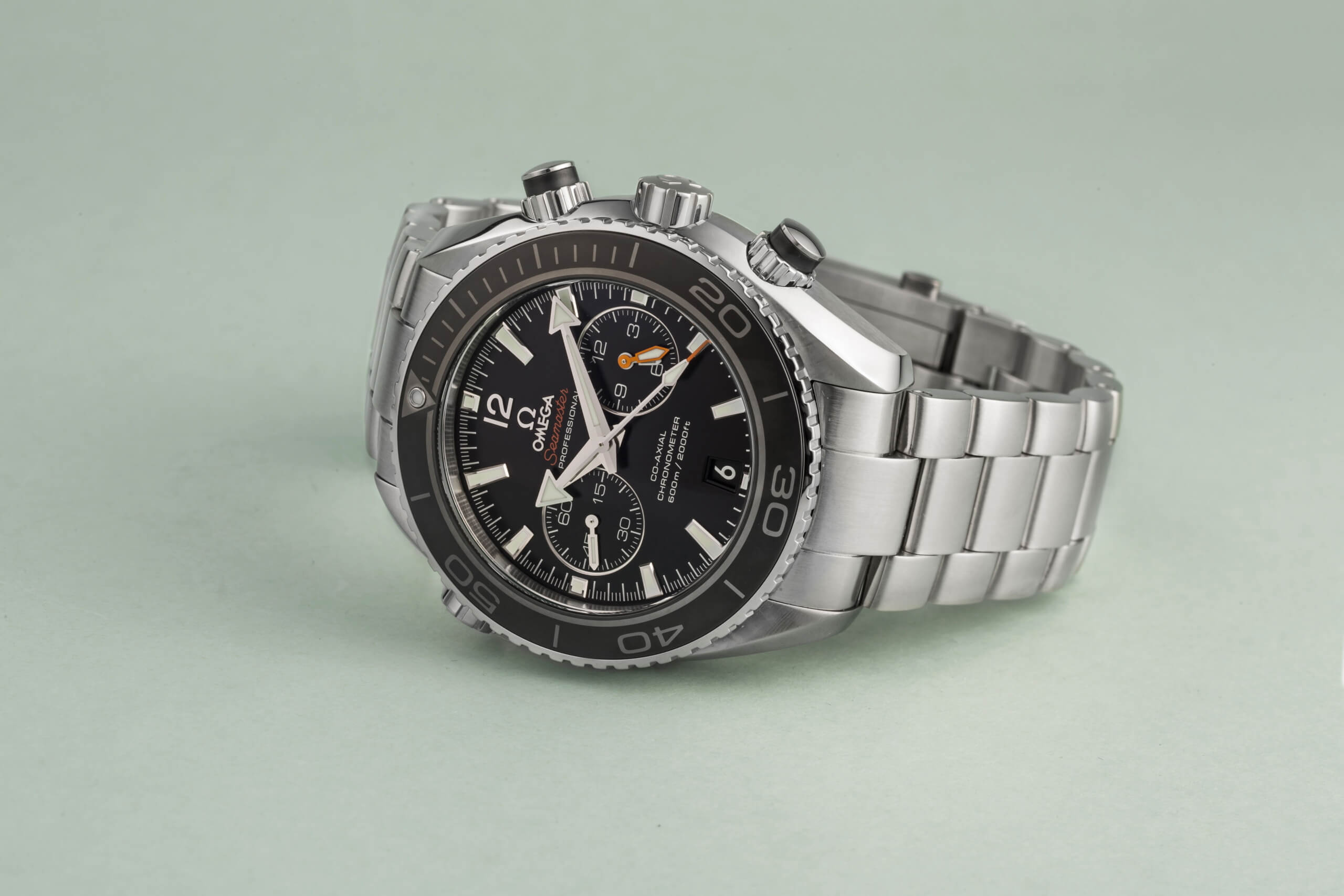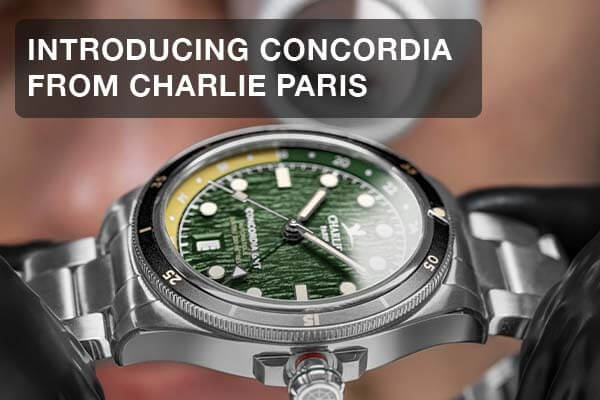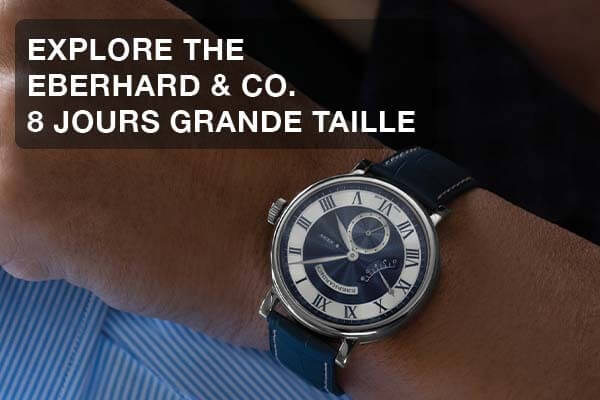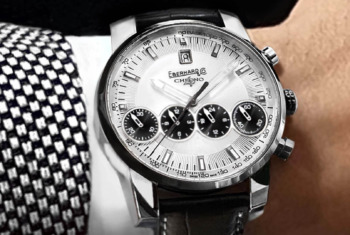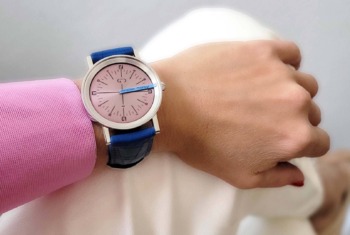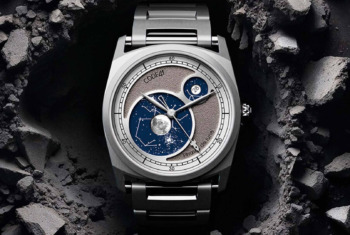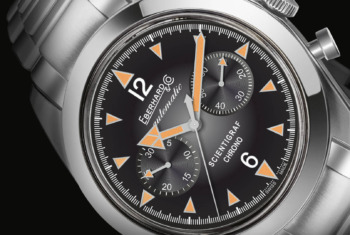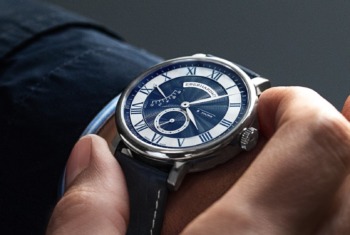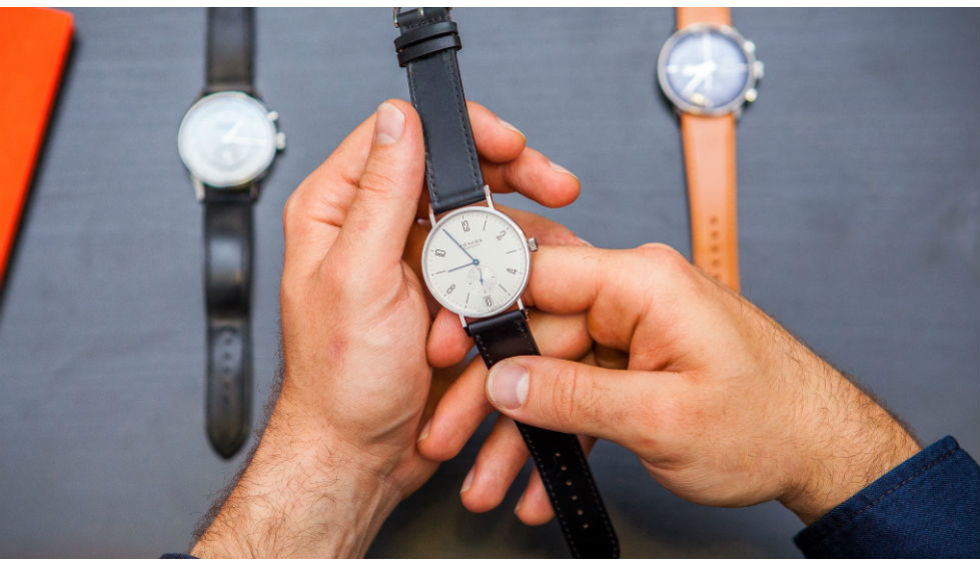
SMARTWATCH BEYOND APPLE & CO.
Admittedly the acquisition of an expensive watch is not usually associated with practical decisions making in and of itself. That is, when measured by their mere functionality of telling time. These days, we regard time indicators as a standard bonus feature in electronic devices of any genre, rather than a primary function of a device that we should purchase and wear for the specific and exclusive purpose of measuring time. Yet, there are significant advantages, which validate investing into a higher priced timepiece as a quite practical decision. One might point out the significantly longer useful life of a watch in comparison to those other devices or the comparatively stable investment value, which both support the practicality of your purchase. So then, which watch is the most recommendable, when economic considerations are the primary driver for deciding upon your acquisition?
1. Life span: Mechanical watches have a longer life span
Buying a mechanical watch is of course justified when you consider the prospect of its longevity. Ideally, you purchase a timepiece to use for many decades or better yet for life, so long-term considerations are at play. The distinctive advantage of mechanical watches is, , when maintained and used correctly, they can virtually last forever.
Quartz watches, on the other hand, have a limited life span. At the end of that life cycle, the decision whether to repair or replace the entire movement is inevitable. Who wants to shell out up to a mid 3-digit amount for a new quartz movement, when the market value of the watch in working condition does not even fetch that price?
In turn, mechanical watches require regular professional maintenance. On average maintenance should be performed every 5 to 7 years with daily use. When you wear the watch less, the maintenance intervals are less frequent. Service costs run approximately 100-150 EUR. You may say, over the years these expenses add up to a little bundle too. However, if you consider your watch as a stable investment commodity, together with the joy of using it, and you put a twenty towards its maintenance each year, then these costs quickly marginalize themselves.
All in all, the higher purchase price of a mechanical watch compared to a battery-powered ticker is easily justified with regard to the cost-benefit ratio of a significantly longer service life and a considerably better value performance. If you don’t wear the watch frequently, you can even lower the ongoing costs of service and maintenance at will.

2. Brand recognition: A-brands and watch classics as “Safe Bet”
When you see that the design of a watch model barely changes over years and decades, it is a reliable indicator of the design’s timeless quality. Presumably, what “has always worked in the past”, will not so quickly fall out of favor in the future. The great watch classics, which have experienced very few and only subtle optical changes over the years, enjoy a higher recognition rating. Also, their value prognosis on the collector’s markets is particularly robust.
Still, expecting to acquire the find of the century, would be ill-advised. The probability that the value of a timepiece multiplies over time, is inherently low. When it happens, it applies to models, that had been shelf warmers initially and only a minimal number of them was produced. Then as preferences and Zeitgeist change, they happen to fall into their niche and suddenly experience an unexpected hype and value boost. Of course, the brand always plays a major role in these speculations. Brands with reliably stable value performance are Rolex, especially their steel sports models, Patek Philippe, IWC, Jaeger-LeCoultre, as well as certain classic editions by Omega and TAG Heuer.

3. Operating costs: Complicated watches are more expensive
Although complicated watches also enjoy a relatively stable and sometimes positive value development similar to watch classics, the maintenance requirements for their demanding additional functions is comparatively expensive and time-consuming. While a simple mechanical watch service costs around 100-150 EUR, the service of a chronograph can easily amount to twice as much. For complicated watches service costs can quickly run up to 500-700 EUR, so that their market value increase is easily offset by its high operating cost.
Moreover, the acquisition of complicated watches is synonymous with a higher investment from the get-go. What collectors often neglect, are the running expenses for properly storing and keeping complicated watches. In the long run, these accumulate to a not so insignificant amount. Complicated watches are inherently expensive and they are often held in safety deposit boxes at banks. Some watches with complex movements have to be kept running, which requires the (although pretty low) cost for the purchase and the power or battery supply for a watch winder.
The decision to buy these intricate timepieces as investments is best kept to experts with thorough knowledge of the market, despite the fact that complicated watches are most likely to increase their value. Given the ongoing costs involved in their upkeep, as well as the high acquisition price, complicated watches do not lend themselves as an investment vehicle for the average watch lover.

4. What if…? Sports watches made of steel are robust allrounders
Dropped once on the marble floor and that was it. The longevity and the positive value performance prognosis of a mechanical watch are all rendered nil, when the watch becomes irreparably damaged by shock, vibration, or water. If you plan to wear your watch in adverse conditions and during outdoor activities, be sure to look for a robust model. With a robust mechanical watch, the risk of causing damages due to impact or shock is virtually none regardless of how much of a daredevil you are. Especially diving watches are ideal in this scenario. Their heavier housing composition does not only prevent water from entering into the movement, it also protects the watch from shock.
All in all, the higher purchase price of a mechanical watch compared to a battery-powered ticker is easily justified with regard to the cost-benefit ratio of a significantly longer service life and a considerably better value performance. If you don’t wear the watch frequently, you can even lower the ongoing costs of service and maintenance at will.
